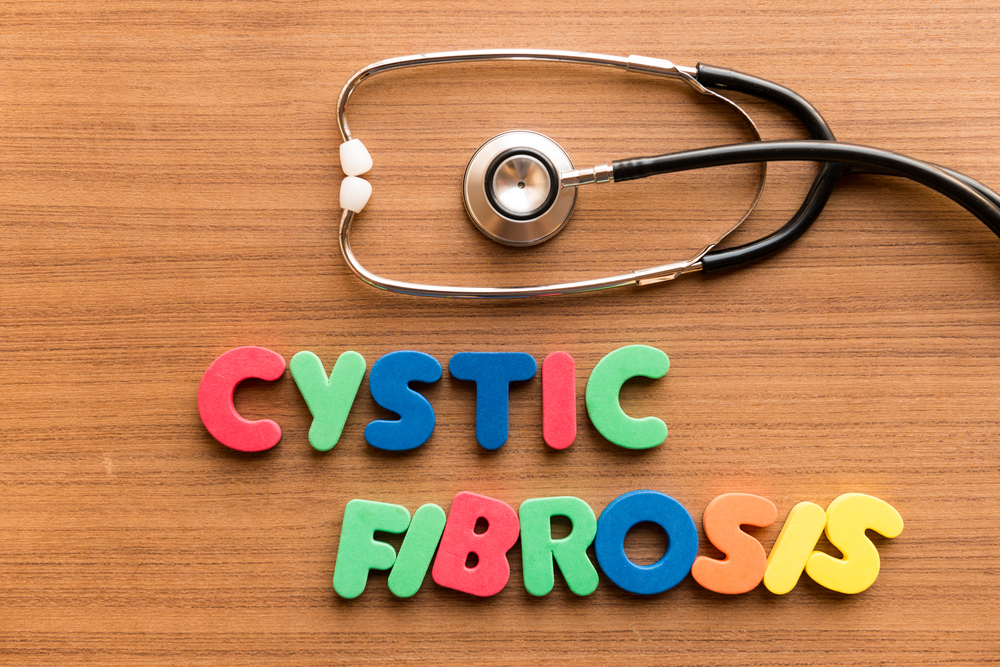Once-daily Tobramycin Safe to Treat Flares in Children Under Age 6, Study Says

Tobramycin, an antibiotic often used to treat acute lung infections in cystic fibrosis patients, is safe for once-a-day use in children under age 6, with findings of minimal kidney and no inner ear toxicity in these pediatric patients, a study reports.
The research, “Safety of Extended Interval Tobramycin in Cystic Fibrosis Patients Less an 6 Years Old,” was published in The Journal of Pediatric Pharmacology and Therapeutics.
Bacterial infections lead to pulmonary exacerbations in CF patients, and aminoglycosides — a class of antibiotics — are a common treatment. But extended use starting at a young age can leave patients at risk of damage to the kidneys (nephrotoxicity) and the inner ear (ototoxicity). As a result, the CF Foundation recommends extended interval dosing (EID) — or once-daily dosing — instead of the standard three-times daily dosing be used with these antibiotics.
Tobramycin is the preferred aminoglycoside for acute exacerbations in CF. But while studies have compared toxicity of EID dosing to standard dosing for those ages 6 and older, none have been done in the youngest CF patients.
Researchers investigated the incidence of kidney and inner ear toxicity in children with CF under age 6 patients whose acute flares were treated using once-daily tobramycin. They also analyzed weight-based dosing and serum (blood) tobramycin concentrations required for these patients.
Kidney toxicity was defined as an increase in serum creatinine (SCr) — a waste product filtered from the blood by healthy kidneys — of at least 0.3 mg/dL or 50% over 48 hours.
A total of 31 patients (median age 2.1) admitted to a pediatric hospital from 2003 to 2014 for an acute pulmonary exacerbation and treated with intravenous EID tobramycin were included. The median initial dose of tobramycin was 11.8 mg/kg.
Kidney analyses showed that the patients’ SCr at the study’s start was a median 0.26 mg/dL. Increases in SCr were seen in 20 children, but the median increase of 0.065 mg/dL was below the defined threshold for toxicity.
Of note, these results matched safety findings reported for once-daily, or EID, tobramycin use in patients ages 6 to 16, the study said.
Audiometry tests were done on 17 children to assess inner ear toxicity, and ear problems were reported in four of them. Middle ear effusion, or fluid buildup in the space behind the eardrum, was found to be the cause of abnormal hearing test results in these children.
Approximate dosing of tobramycin at 12 mg/kg led to peak serum concentrations within or near the goal range of 20 to 30 mg/L. Five patients required dose adjustments every 24 to 36 hours to achieve a drug-free interval before the next dosing. Such washout periods are important to preventing toxicity.
“The results of this study showed minimal nephrotoxicity and no ototoxicity attributable to tobramycin with the use of EID in patients [younger than six years],” the researchers wrote.
“Routine dosing of tobramycin at 12 mg/kg every 24 hours in CF patients less than 6 years of age resulted in recommended peak concentrations. Monitoring of renal function is recommended in this patient population,” they added.







